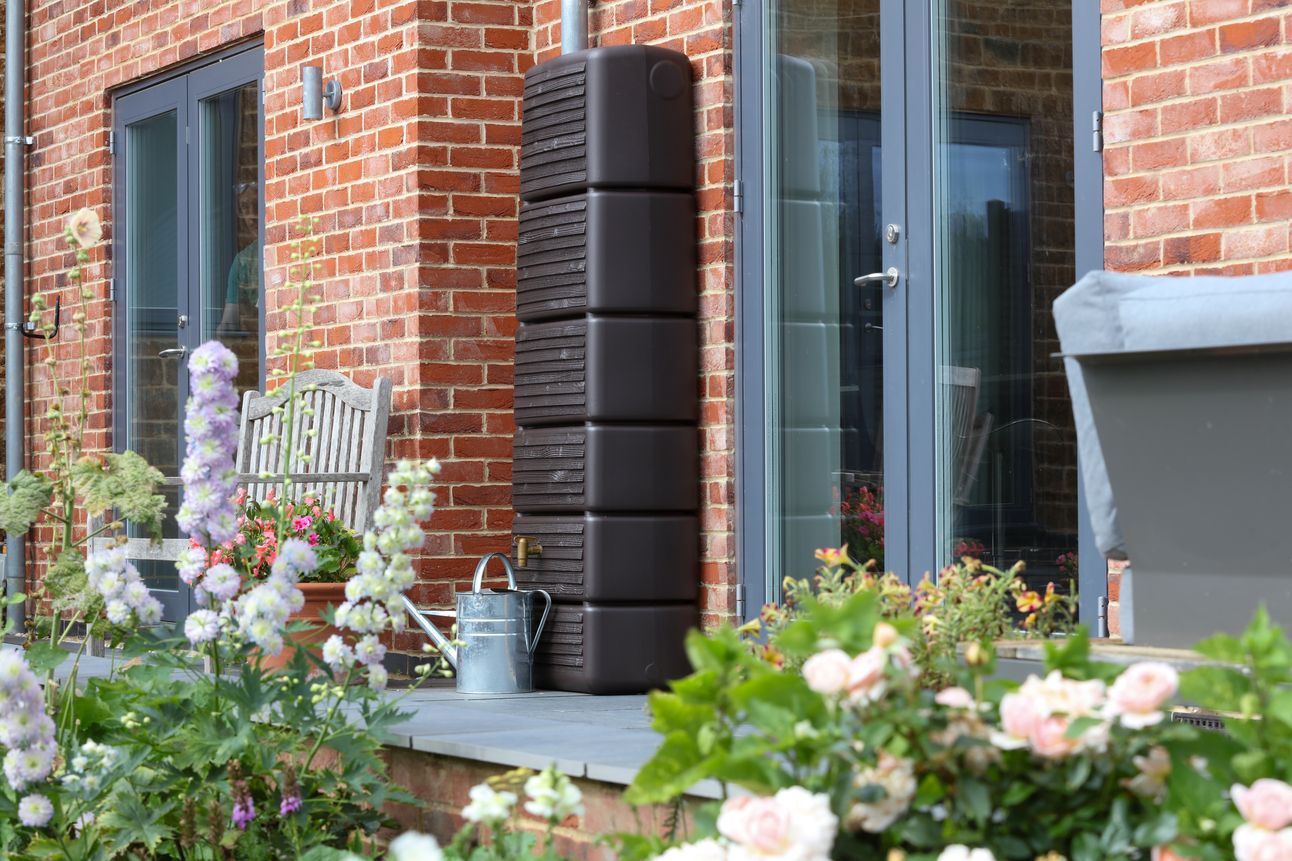Britain has entered the summer of 2025 with an all-too-familiar headline: a hosepipe ban. Yorkshire is the first region to impose restrictions this year, with Kent and Sussex expected to follow suit in the coming weeks. Triggered by dwindling reservoir levels and prolonged dry weather, these bans are a stark reminder that our water supply is not infinite, even in a country famed for its rain.

While many may see hosepipe bans as a seasonal inconvenience, they are an urgent signal. We are witnessing the cumulative effects of climate change, population growth, and infrastructure strain. Instead of reacting with frustration, we should see this as an opportunity to adopt lasting, water-conscious habits.
Why the Ban?
Yorkshire Water declared a Temporary Use Ban (TUB) due to a significant drop in reservoir levels, some of which are now below 50% capacity. Despite early-year rainfall, a dry spring followed by record-breaking June sunshine has created a perfect storm of increased demand and reduced supply.
These measures are designed to safeguard essential water services, ensuring homes, hospitals, farms and fire services can continue operating safely. However, it is households that bear the brunt of restrictions: watering gardens with a hosepipe, washing cars, filling paddling pools, and cleaning patios are now off-limits.
But here’s the good news: small, sustainable changes at home can not only soften the impact of bans, they can make a long-term difference in water conservation.
Seven Practical Steps to Save Water at Home
Let’s look at meaningful ways you can reduce your water use, not just during the ban, but as a new normal.
1. Install a Water Butt
Rainwater harvesting is one of the easiest and most effective ways to water your garden without breaching the ban. A standard water butt connected to your downpipe can collect hundreds of litres during a typical shower. This stored water can be used for plants, lawn care, or even outdoor cleaning with a watering can.

2. Reuse Greywater
Greywater, lightly used water from baths, showers, and hand basins, can safely irrigate lawns and flower beds (though avoid using it on edible crops). Letting bathwater cool and then siphoning it into buckets may sound laborious, but it can save hundreds of litres a week.
For a more permanent solution, greywater diverters and filtration systems are available and increasingly affordable. These enable households to reroute wastewater directly into irrigation systems.
3. Rethink Garden Habits
Lawns can survive dry spells. A brown lawn is not a dead lawn; it’s just dormant. Avoid overwatering and instead focus on mulching flower beds to retain moisture, watering only early in the morning or after dusk to reduce evaporation.
Also, prioritise plants that thrive in dry conditions; lavender, rosemary, and sedum are not only hardy but also pollinator-friendly.
4. Fit Low-Flow Devices
Showerheads, taps, and toilets can all be retrofitted with low-flow devices. These reduce water usage by up to 50% without compromising performance. A dual-flush toilet alone can save around 7,000 litres a year for a family of four.
If your shower fills a 2-litre jug in less than 12 seconds, it’s time for a water-saving replacement.
5. Fix Leaks Promptly
A dripping tap can waste over 5,000 litres a year. A leaky loo? As much as 400 litres a day. Take a moment to check for hidden leaks, put food colouring in the cistern and wait to see if it seeps into the bowl without flushing.
Call a plumber if in doubt. A short-term expense, yes, but one that pays off quickly.

6. Be Conscious in the Kitchen
Only run dishwashers and washing machines when full, and choose eco-cycles where possible. When washing up by hand, avoid leaving the tap running and use a bowl instead.
And when boiling vegetables, let the water cool and use it on your plants, nutrients included.
I usually have a boiled egg for breakfast, and I use the same water later in the day for steaming vegetables for dinner. Once cooled this can also be used on plants
7. Educate Your Household
Sustainability starts with shared responsibility. Encourage children to turn off taps while brushing their teeth and explain the importance of shorter showers. Empowering everyone at home makes water-saving a family value, not just a chore.
The Bigger Picture
Yorkshire’s ban is unlikely to be the last this summer. Climate data from the Met Office points to a trend of warmer, drier summers and less predictable rainfall. Meanwhile, water demand is growing, not just from homes, but from agriculture, industry and tourism.
The Environment Agency has warned that parts of England could run out of water within 20 years if action isn’t taken. This isn’t alarmism; it’s a call for cultural change. Water conservation isn’t just about hosepipe bans, it’s about long-term resilience.
A Call to Action
Instead of viewing hosepipe bans as a punishment, we should see them as a wake-up call and a nudge towards more mindful living. By rethinking our water habits, we’re not just reacting to scarcity, we’re helping to prevent it.
Imagine if every household in Yorkshire saved just 20 litres a day. That’s millions of litres conserved daily, enough to ease pressure on the system and protect our natural environment.
Water is life. Let’s treat it that way.
For more tips, resources, and stories of innovation in water sustainability, visit watermatters.life.




